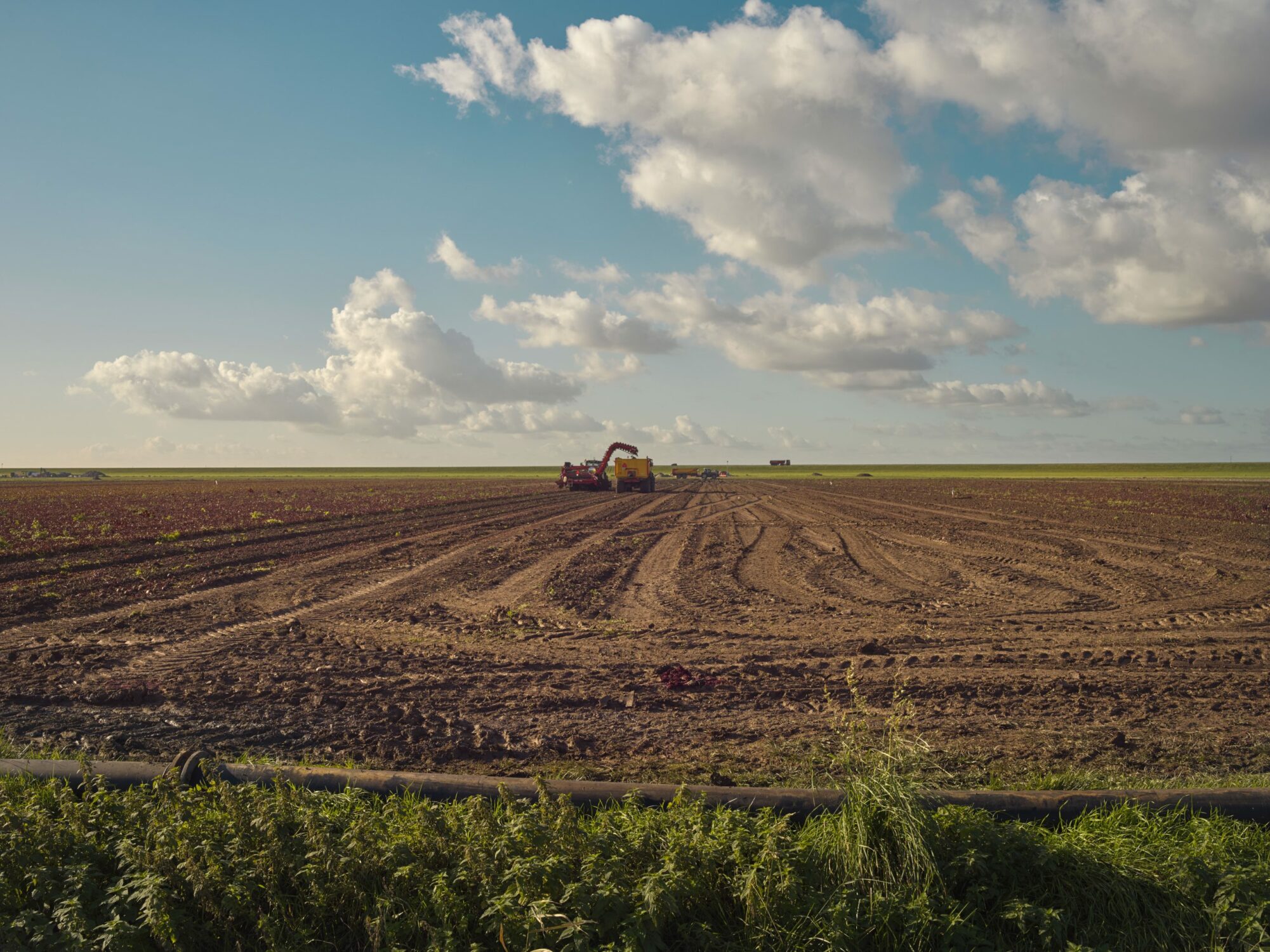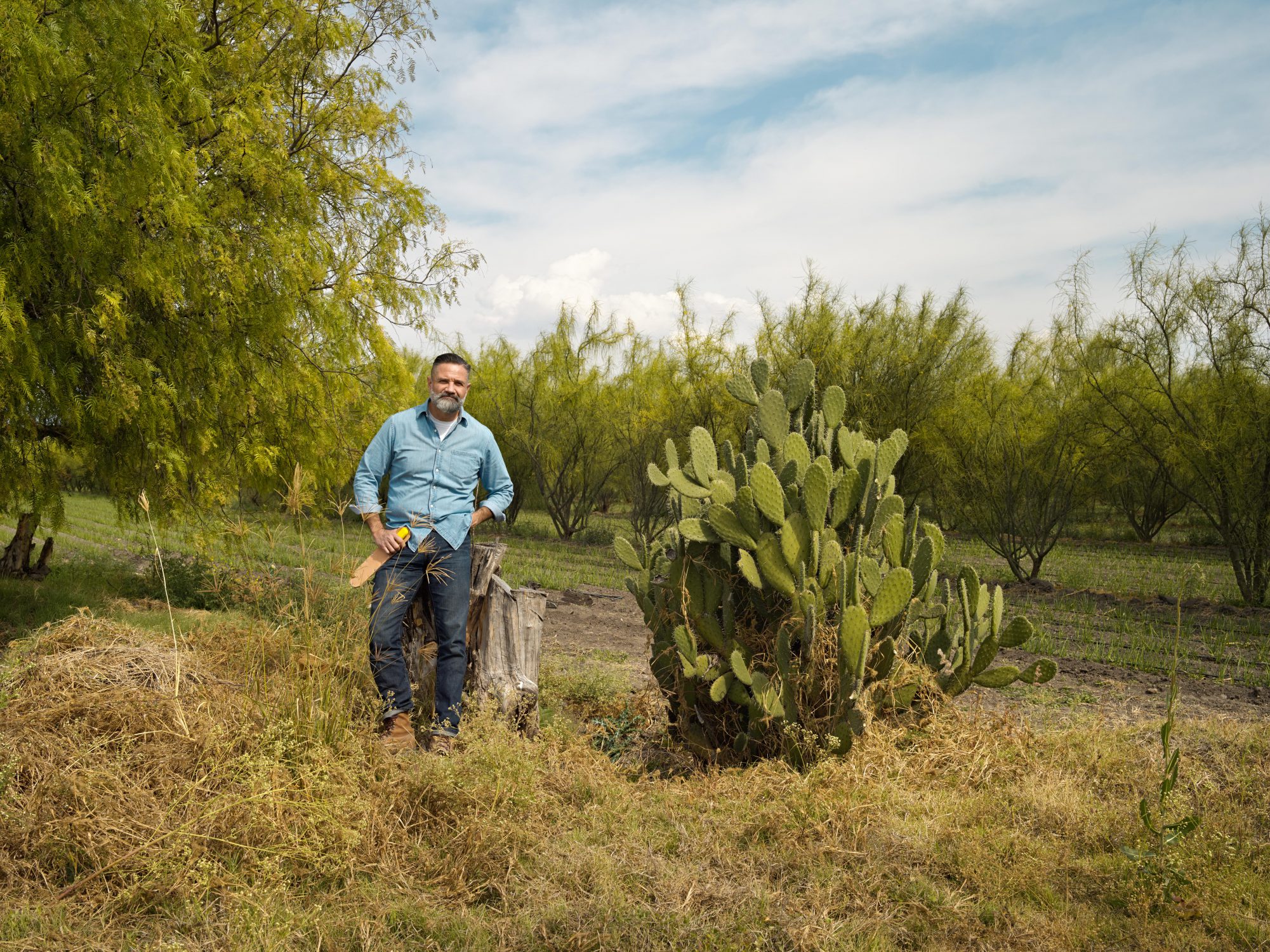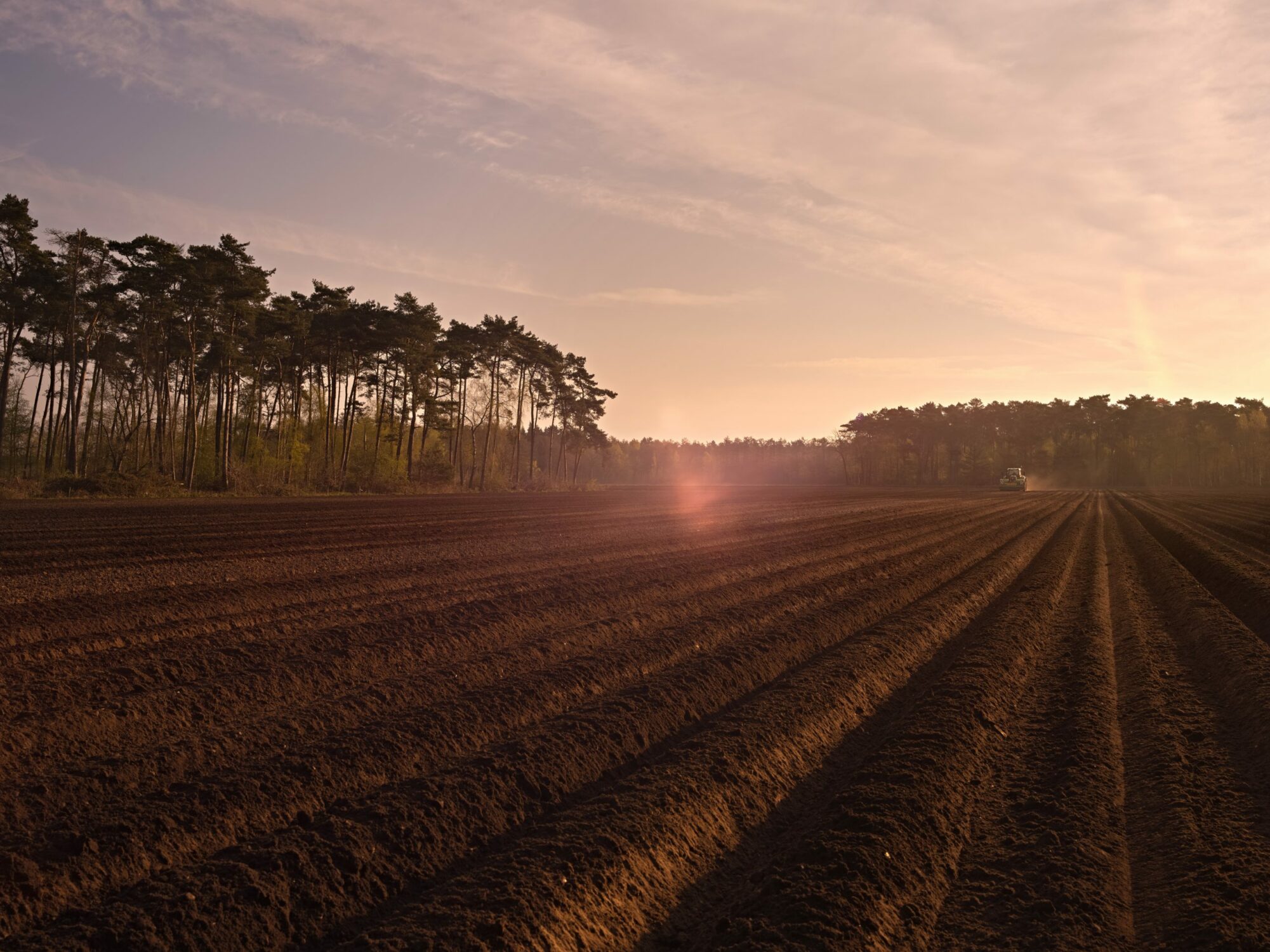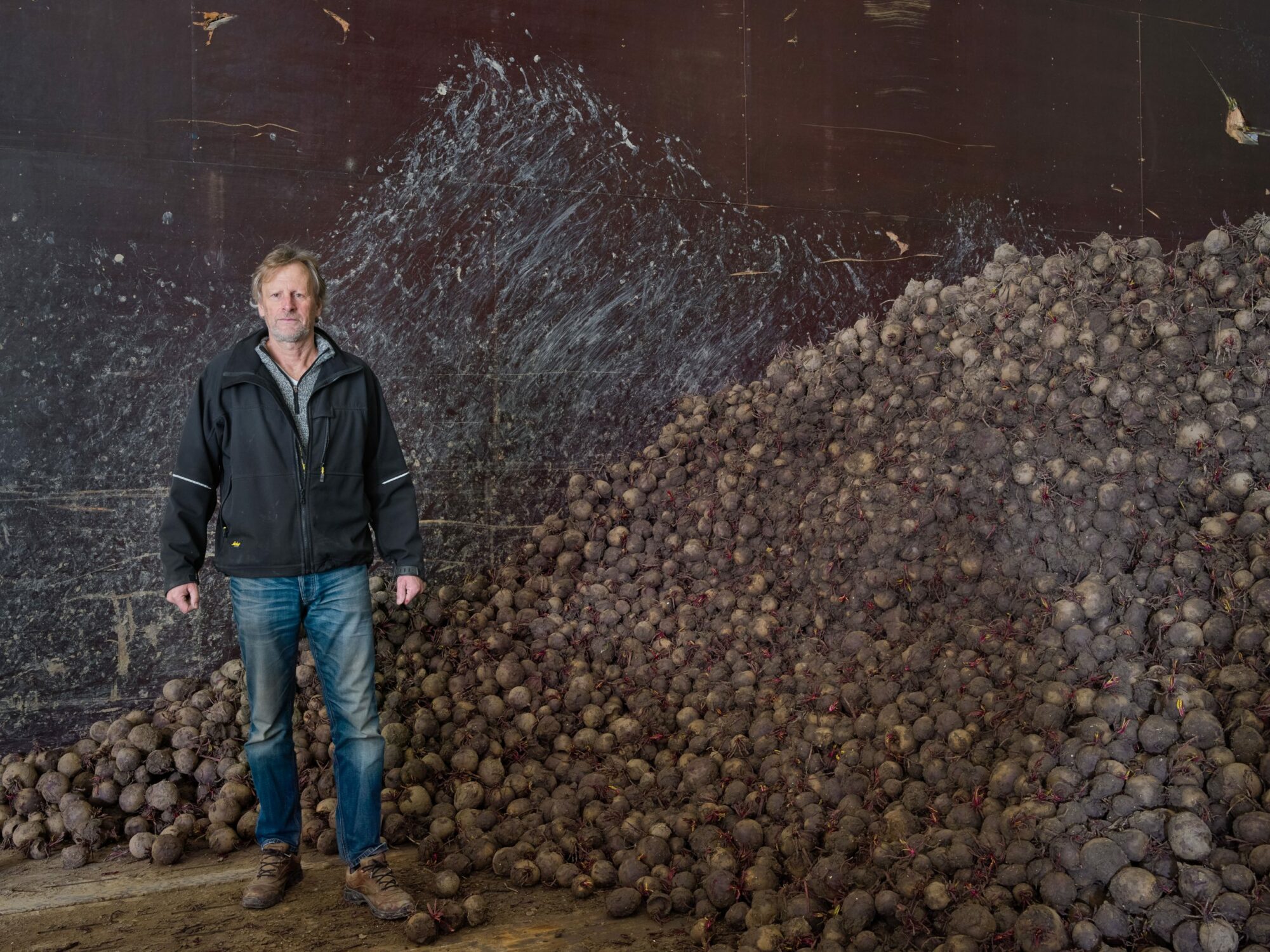
The adoption of the Zuiderzee Law in 1918 was the starting signal for “new land”. The Afsluitdijk turned the Zuiderzee into the IJsselmeer, a freshwater lake, and between 1930 and 1968 four polders were drained. Now the IJsselmeerpolders cover almost 5 per cent of the Netherlands. They account for nearly 6 per cent of the country’s agricultural land and are home to 2.3 per cent of the Dutch population, and Flevoland makes up 1.8 per cent of the country’s economy.
The IJsselmeerpolders also make the country safer. One important reason for reclaiming the land was to combat the many floods around the Zuiderzee. The new fertile land that resulted was intended mainly for agriculture, to prevent food shortages of the kind seen during the First World War.
The total surface area of the IJsselmeerpolders is 1,600 square kilometres. That’s almost 5 per cent of the size of the Netherlands. The Oostelijke Flevopolder covers 35 per cent of the total, the Noordoostpolder 29 per cent, the Zuidelijke Flevopolder 23 per cent and the Wieringermeer 13 per cent.
6 per cent of all the country’s agricultural land is in the IJsselmeerpolders
In 2017 the IJsselmeerpolders, with their 106 thousand hectares, still accounted for almost 6 per cent of the country’s agricultural land. In the early 1980s the figure was 113 thousand hectares. The loss of agricultural land has been slower in the IJsselmeerpolders than elsewhere in the Netherlands. Even today, 65 per cent of land in the IJsselmeerpolders is farmed, compared to 55 per cent of the Netherlands as a whole.
12 per cent of organic farmers are in Flevoland
Of all the organic farms in the Netherlands, 12 per cent are in the province of Flevoland. Only in Gelderland is there more organic agriculture (20 per cent of the total for the Netherlands). But Gelderland is a good deal larger. Taking that into account, whereas in Flevoland 14 per cent of the surface area is used by organic farmers, the figure for Gelderland, at 6 per cent, is considerably lower.
Source: CBS
“There wasn’t a single tree; there was nothing at all. I really did help to create new land.”
Piet van Andel
Zeewolde, the Netherlands
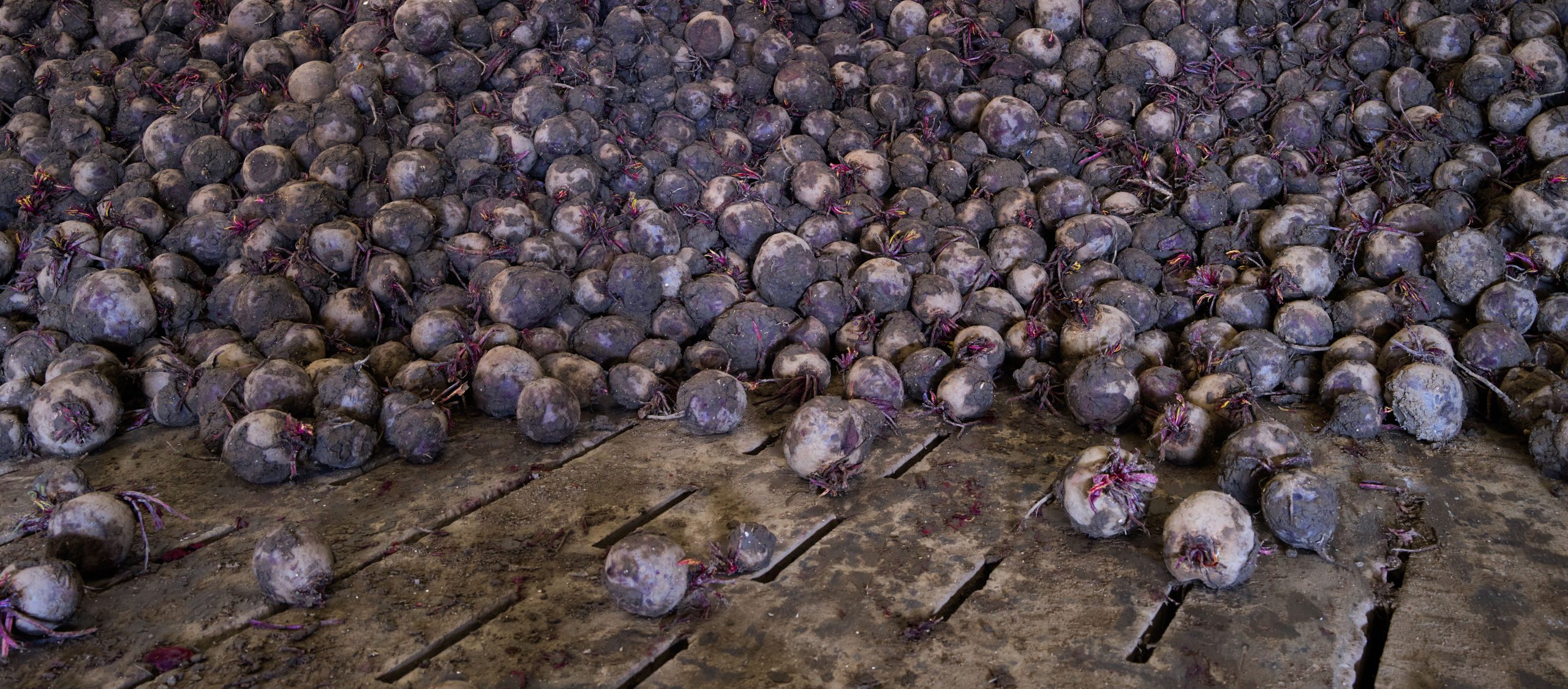
“We have grown from 50 to 350 hectares…
...that really reflects the development of organics.”
Piet van Andel
Zeewolde, the Netherlands
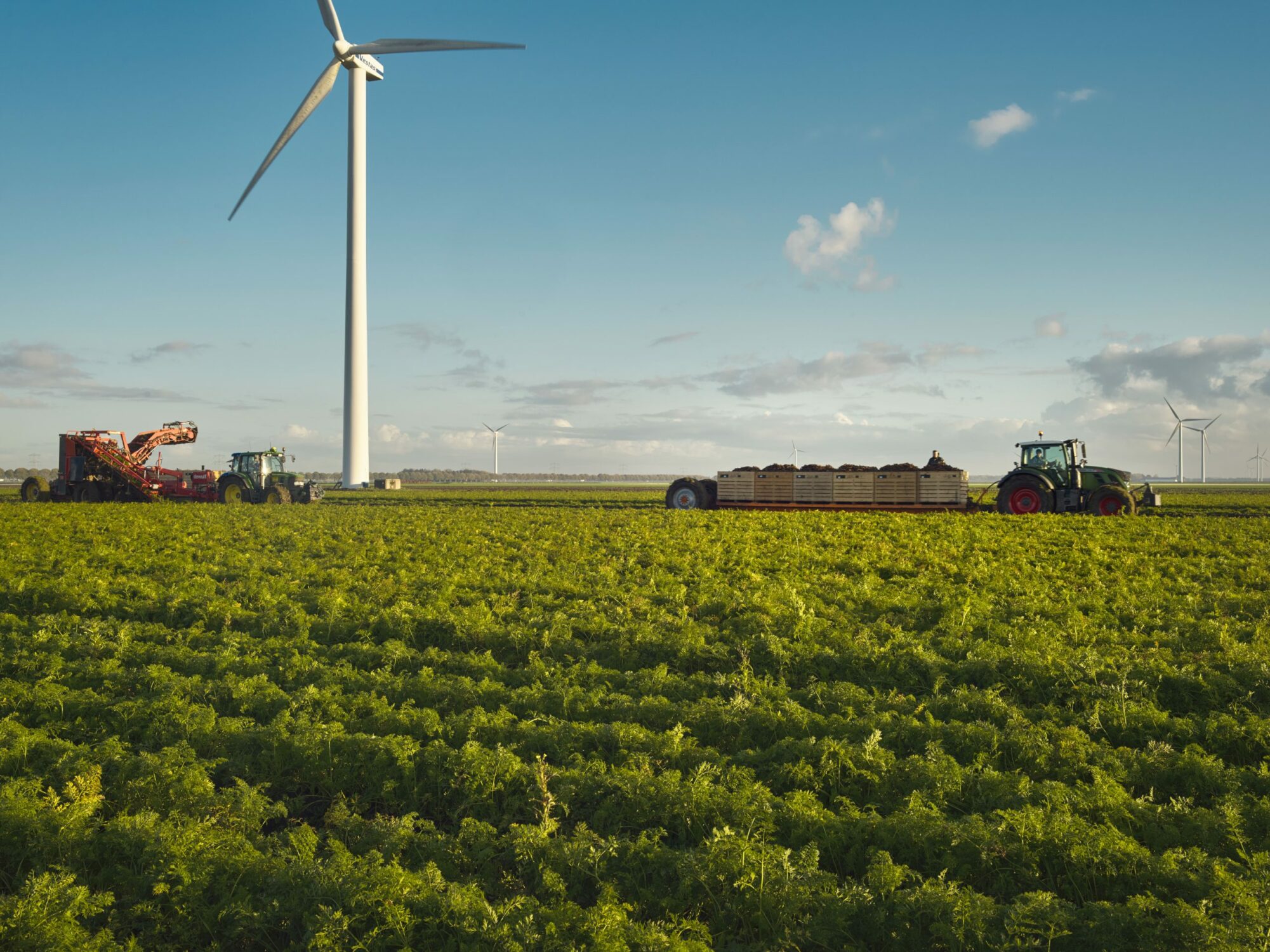
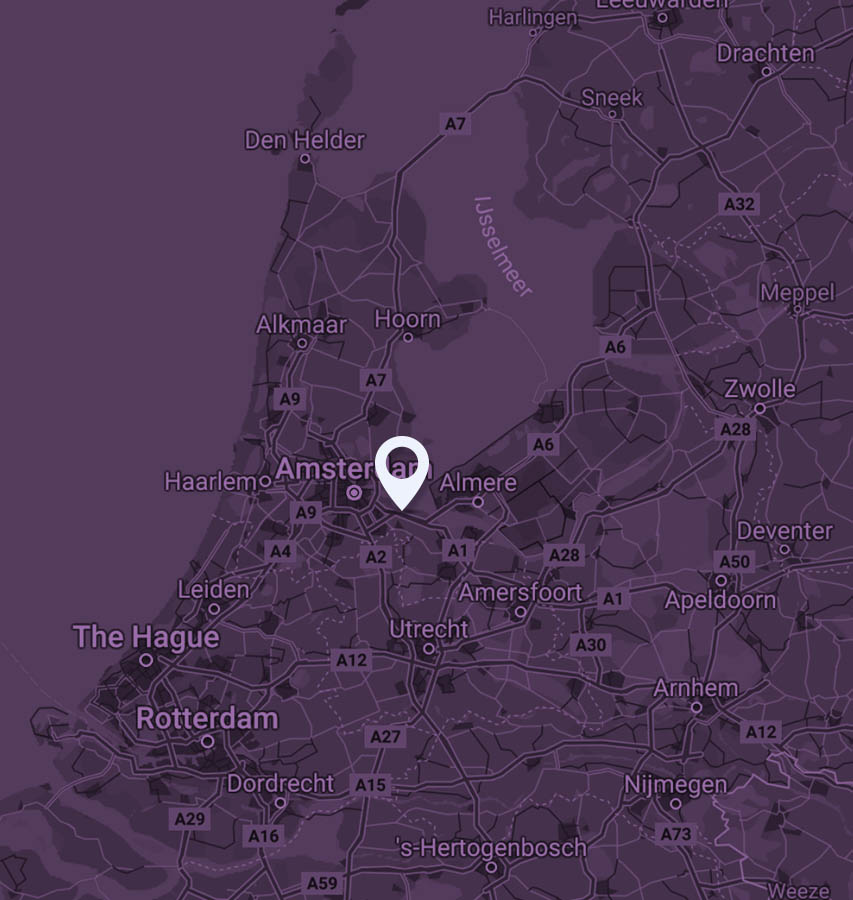
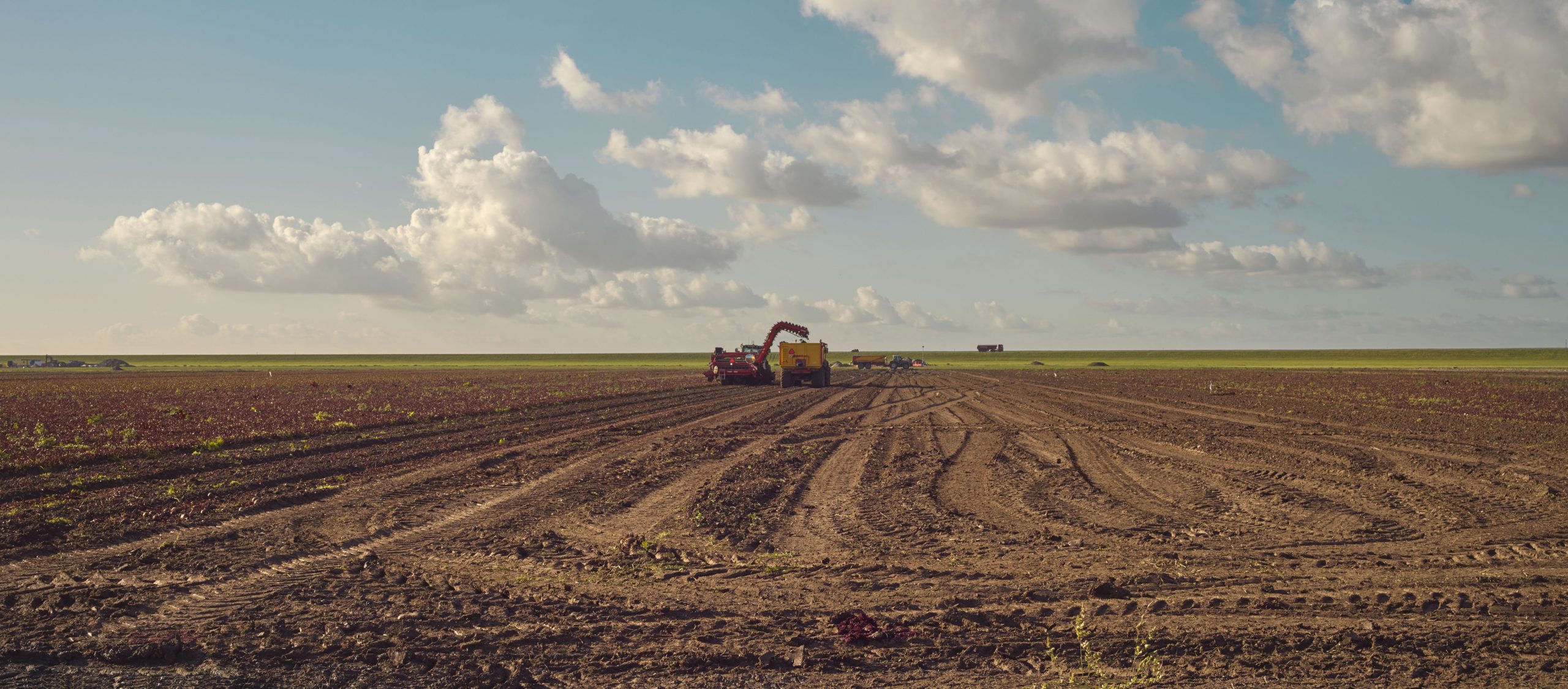
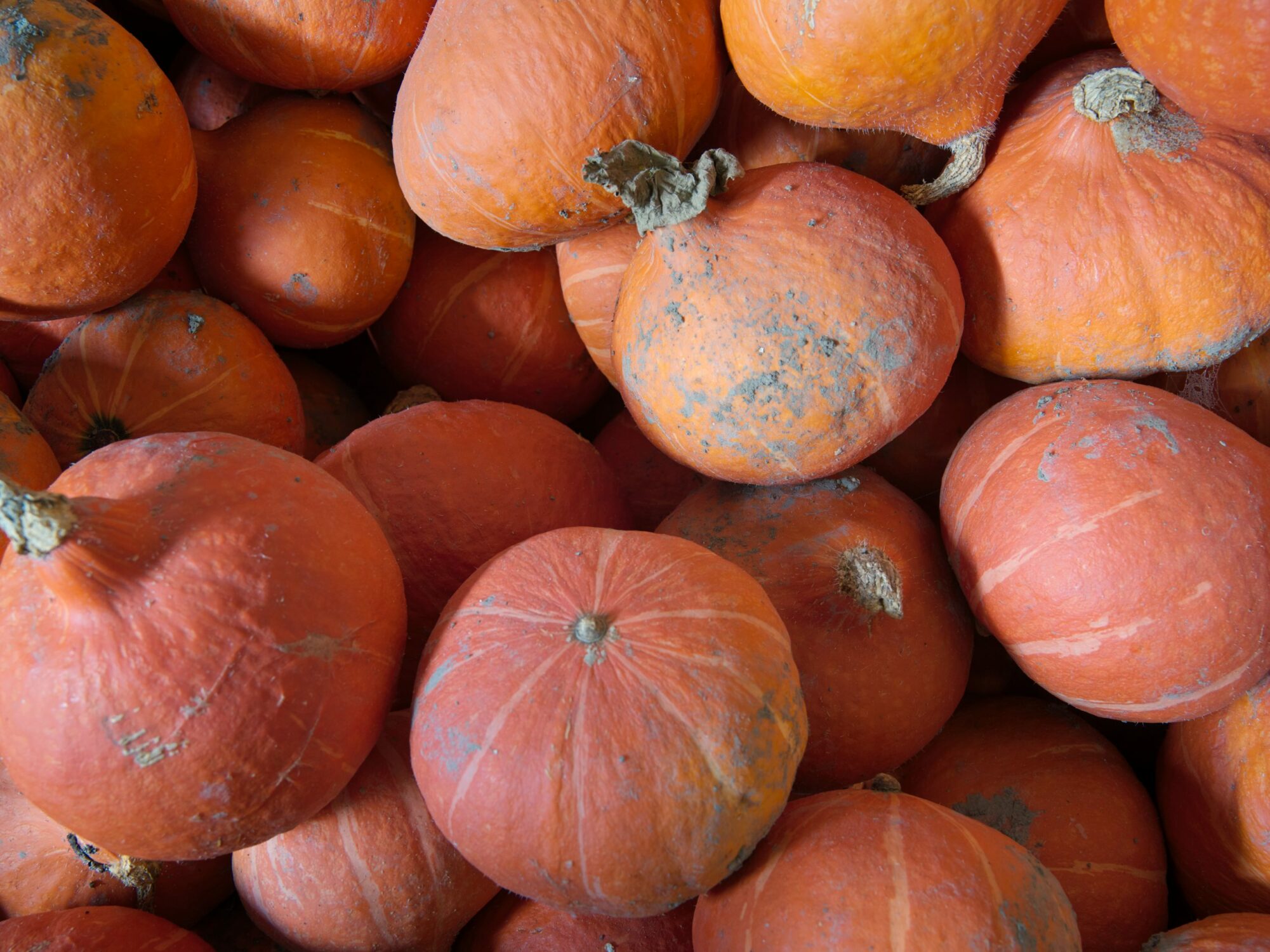
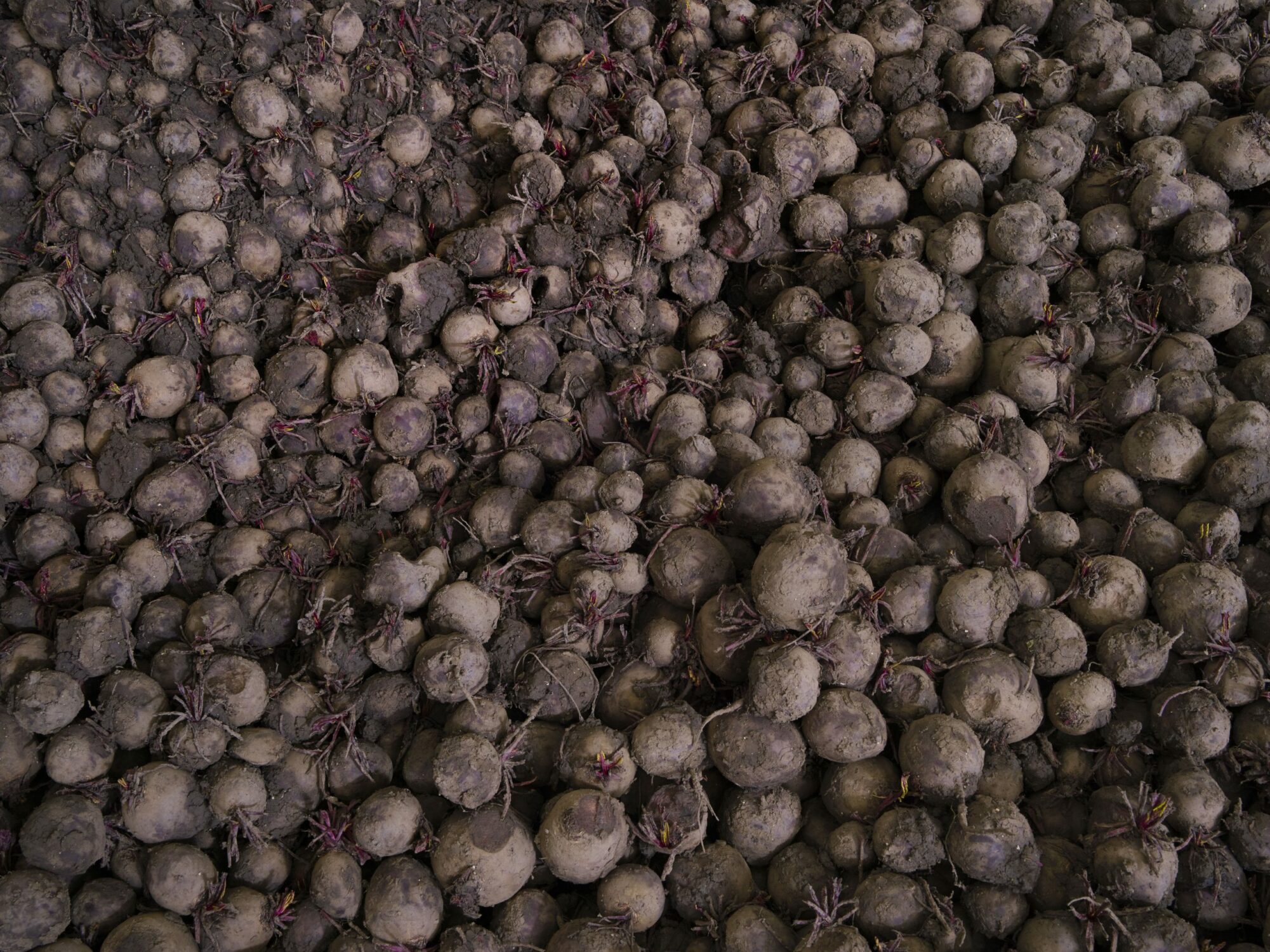
“There are any number of examples of where an organic farming culture would simply be far better as a way of supplying food. I reckon that after the energy transition we need to start working on an agriculture transition. It must be possible.”
Piet van Andel
Zeewolde, the Netherlands
The Flat Land
Big stories from a small country
